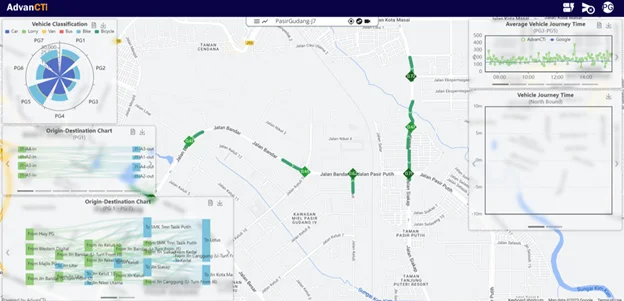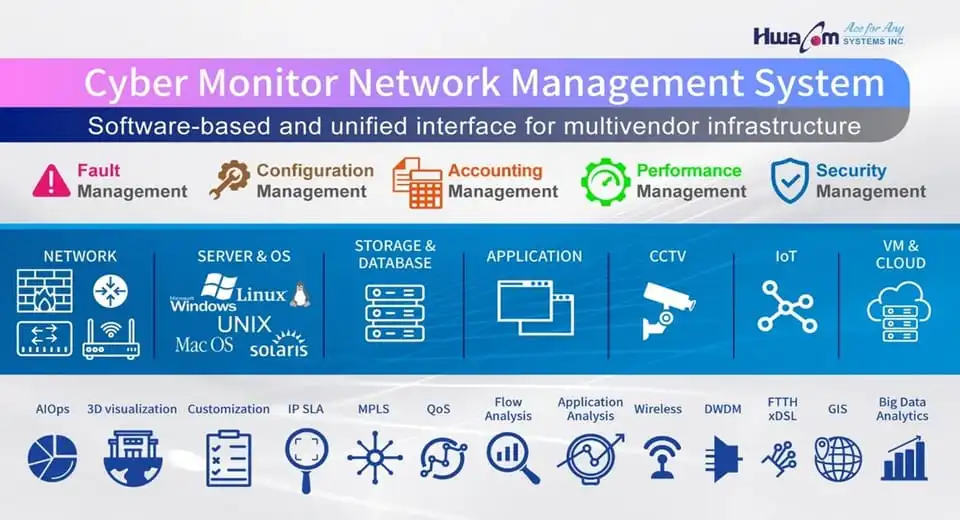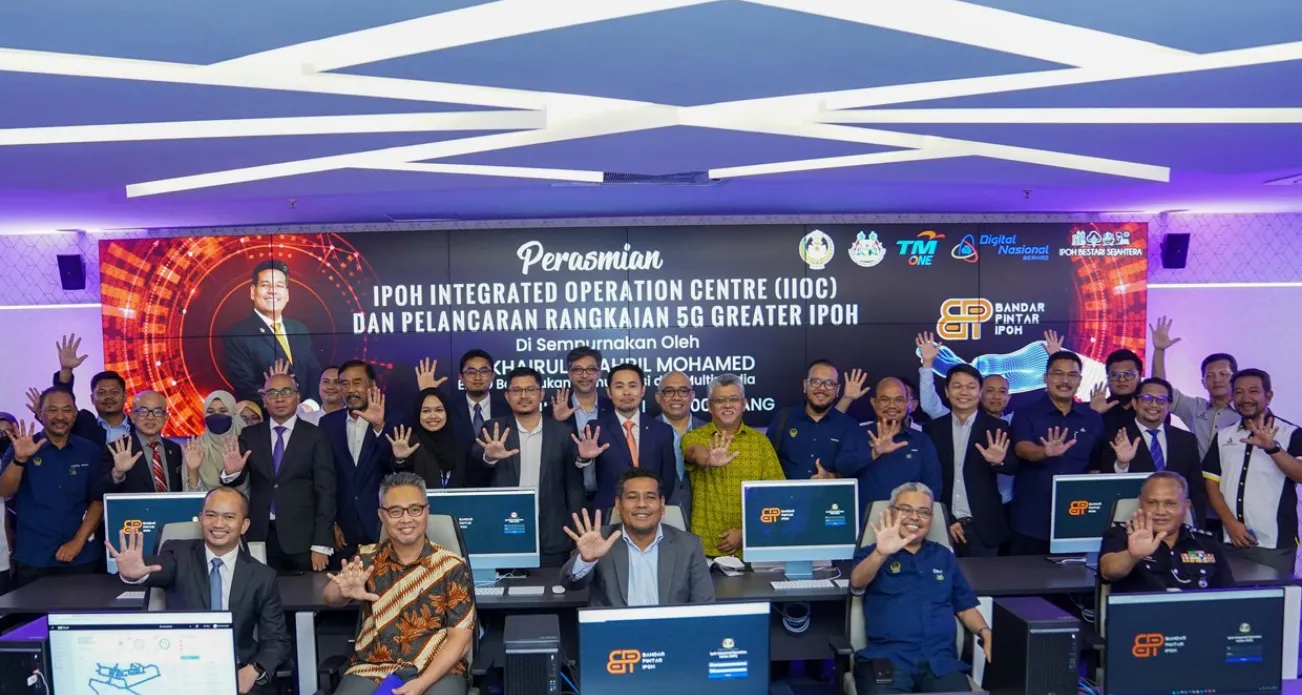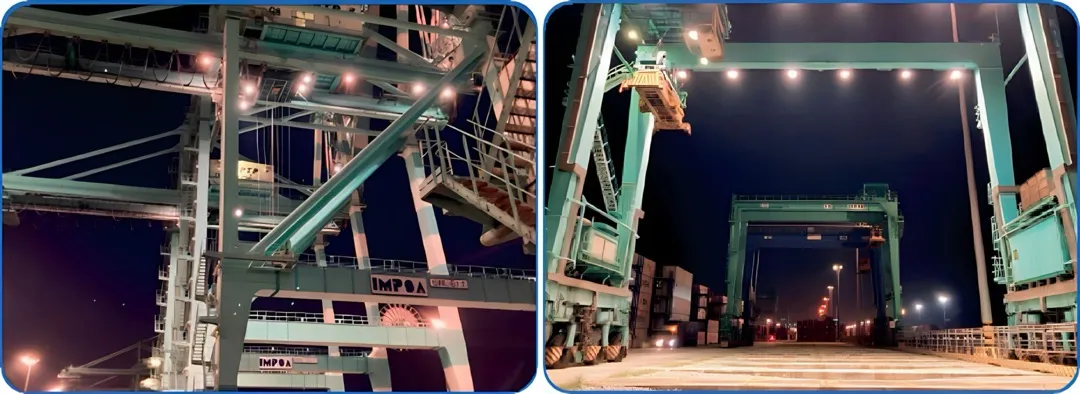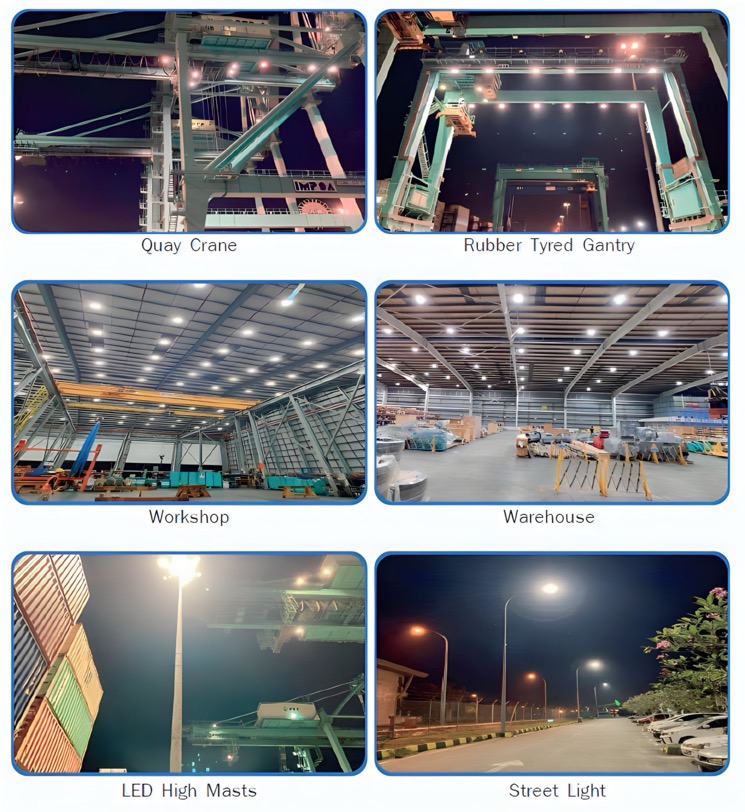


CEO@Faculty Programme Malaysia: Mr. James of LED Vision Appointed as Member for 2025–2026
CEO@Faculty Programme Malaysia 25/26 | Industry Mentorship
CEO@Faculty Programme Malaysia: Empowering the Next Generation of Leaders
Mr. James, CEO of LED Vision Sdn Bhd, is honored to be appointed as a mentor for the CEO@Faculty Programme Malaysia 2025–2026. This prestigious initiative, launched by the Ministry of Higher Education (MOHE), aims to bridge the gap between academia and industry. It connects top CEOs and industry leaders with universities to mentor students, spark innovation, and enhance curriculum relevance.
Strengthening Industry-Academia Collaboration
As a mentor, Mr. James will actively guide students through a series of lectures, mentoring sessions, and hands-on knowledge-sharing activities. With his extensive experience in LED technology, smart city solutions, and IoT innovation, he will offer invaluable real-world insights to both students and university staff. In addition, his involvement will help bridge theoretical learning with practical application.
By participating in this initiative, Mr. James plays a key role in preparing students to become not only job-ready but also future-ready professionals. Furthermore, the CEO@Faculty Programme encourages academic institutions to continuously align their curricula with the evolving demands of the industry. This is especially crucial in fast-growing sectors such as digitalization, sustainable development, and entrepreneurship, where the need for agile, skilled talent is rapidly increasing.
Driving Innovation Through Leadership
With decades of experience in leading smart urban innovations, Mr. James brings deep knowledge in LED street lighting, smart traffic systems, and AI-powered infrastructure. His role in the CEO@Faculty Programme reinforces LED Vision’s mission to nurture young talent and contribute to Malaysia’s digital transformation.
LED Vision’s Commitment to Education
At LED Vision, we believe in giving back through knowledge-sharing and mentorship. Our involvement in this programme reflects our continued support for national education and innovation.
Learn More About the CEO@Faculty Programme
To explore the full goals and national impact of this initiative, visit the Ministry of Higher Education Malaysia’s official website.







